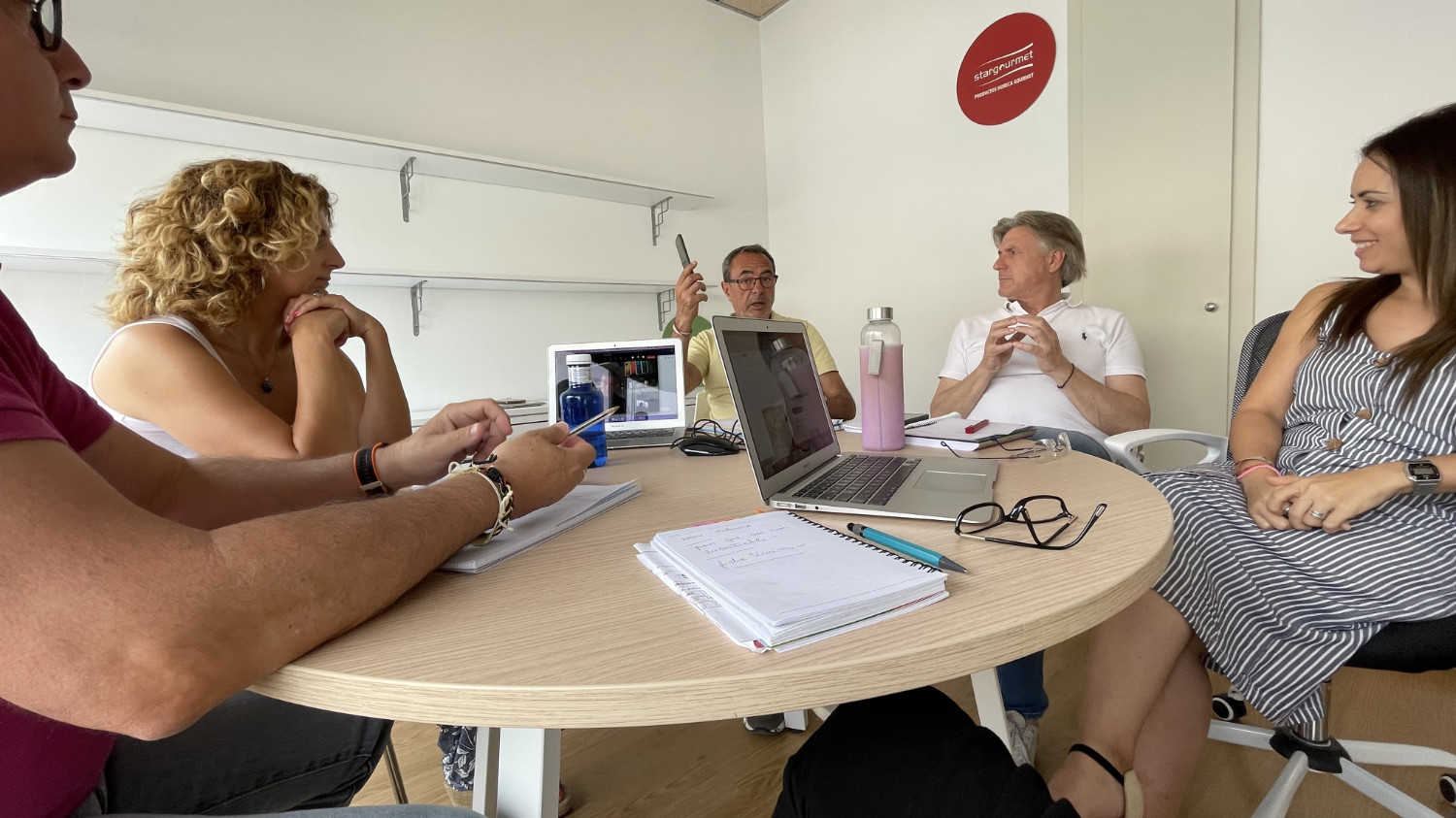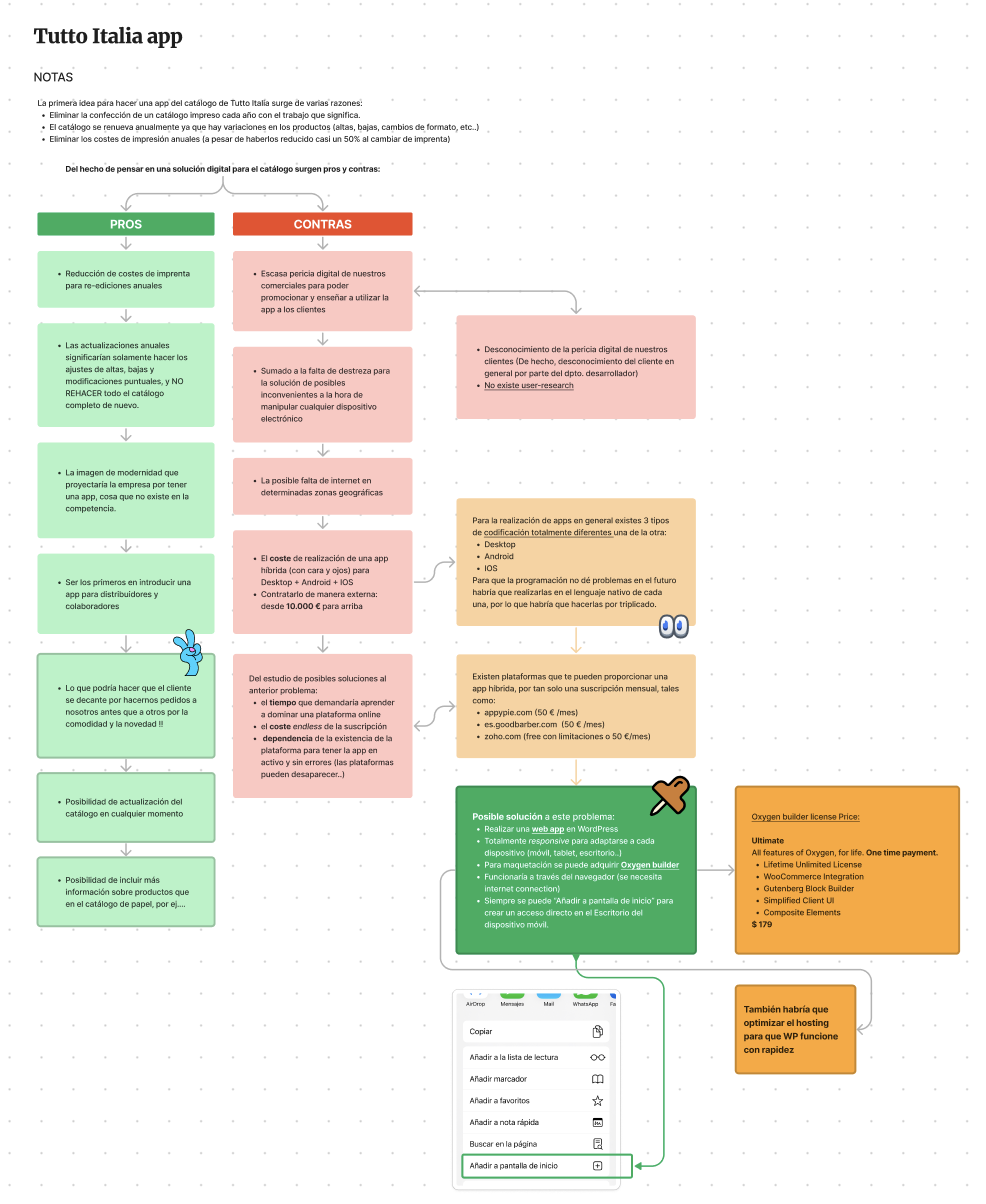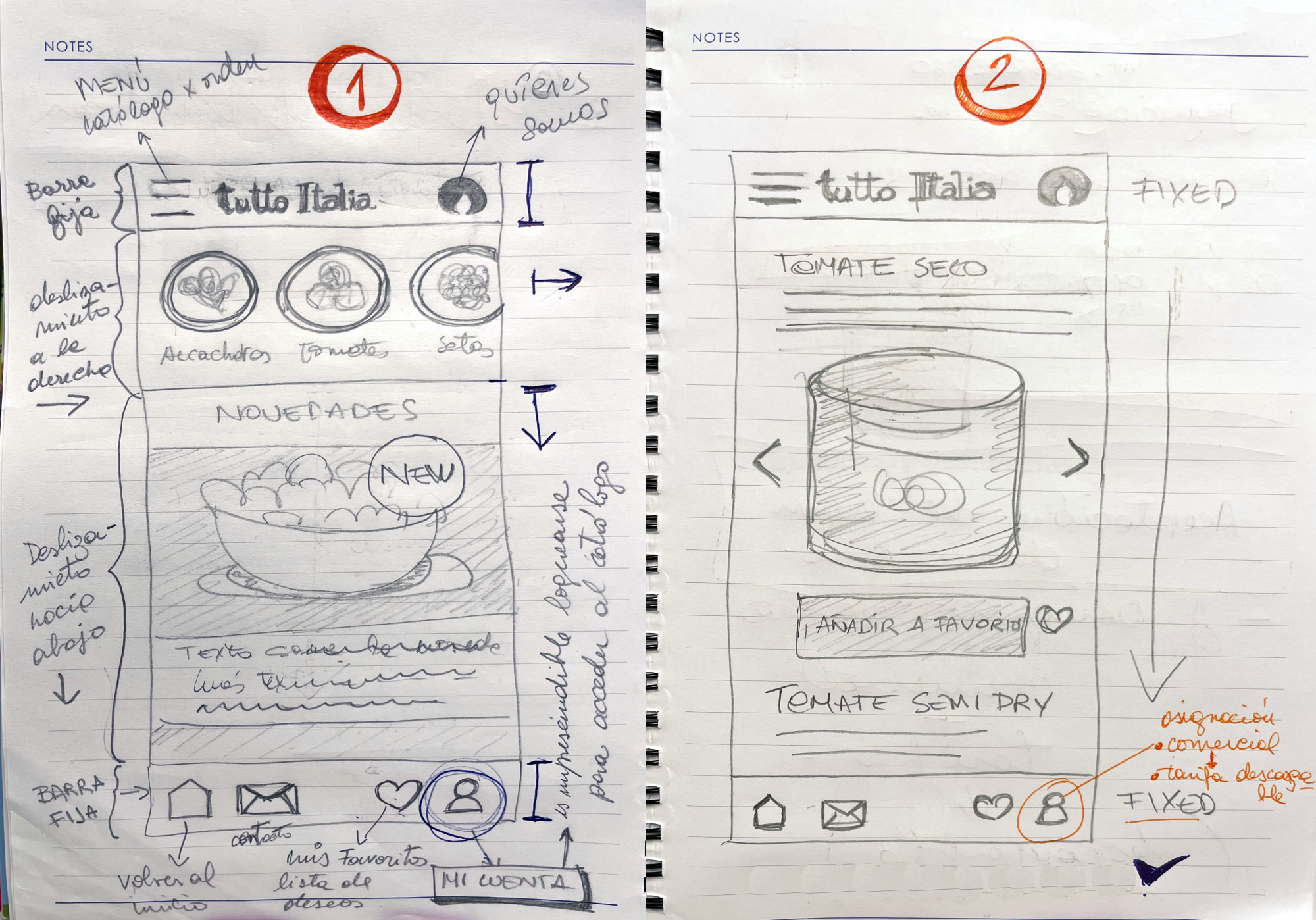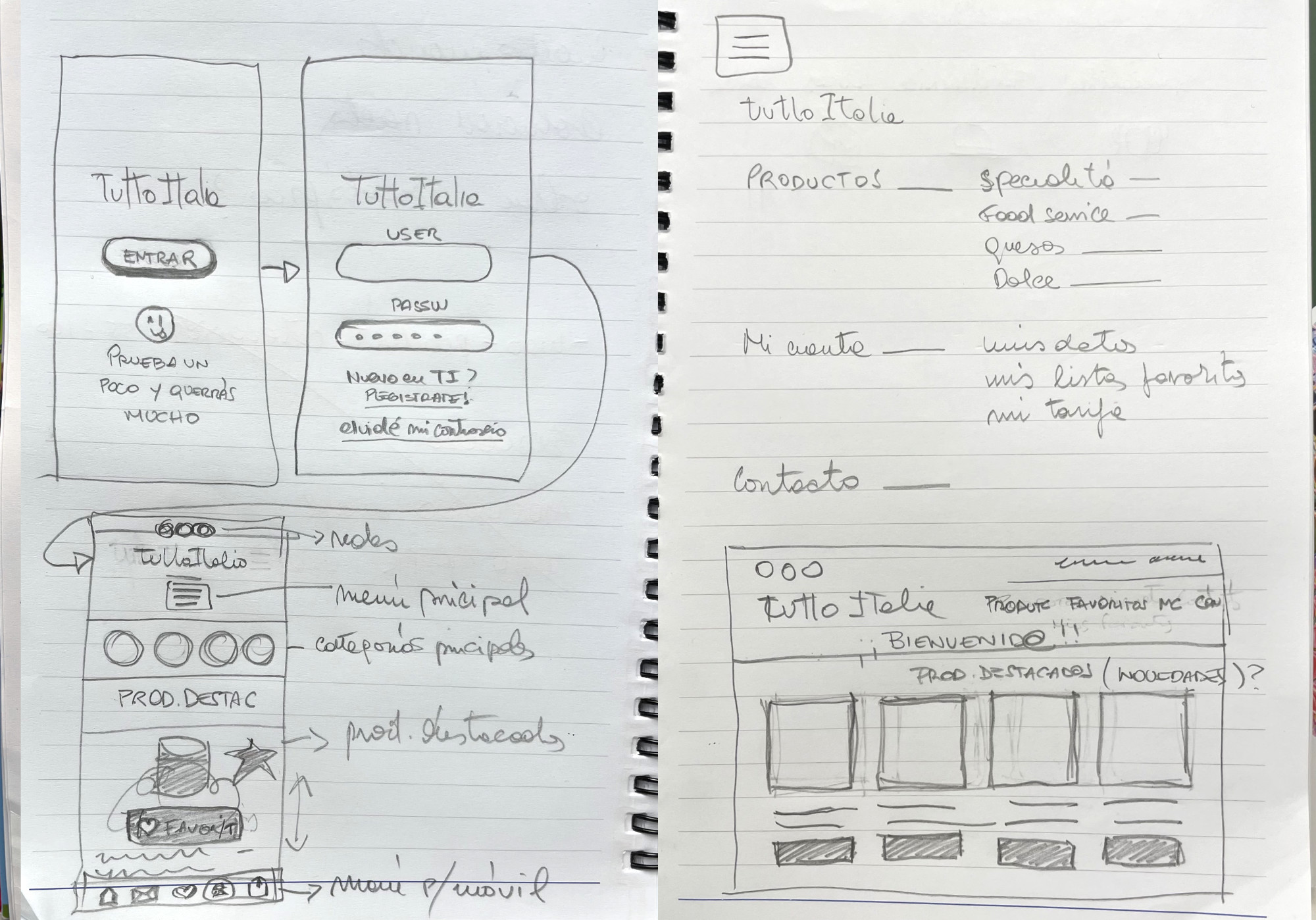Star Gourmet App
Star Gourmet is a company that specializes in distributing gourmet products specifically for the food-service industry, which includes hotels, restaurants, and cafes.
The Star Gourmet sales team needs convenient access to comprehensive information about each product in their catalog, including photos, videos, and sales arguments. They want this information to be organized and accessible from any device, allowing them to present it easily during business trips and client visits.
We made an evaluation of the potential impact of developing an app to meet this need, as the printed catalog alone falls short in fulfilling these requirements.
Management aims to reduce costs by eliminating the annual production of printed catalogs and associated design department hours. The catalog requires updates due to product variations. They also seek to cut printing costs, despite a 50% reduction achieved by changing printers.
We evaluated the pros and cons of replacing the printed catalog with an app. While customers' digital proficiency may not be high overall, creating the app/catalog is seen as a significant step forward by key stakeholders.
The management's belief that design products are easy, fast, and cheap poses a challenge. Outsourcing app programming would incur significant costs they are unwilling to pay.
Exploring platforms offering hybrid app catalogs revealed drawbacks: learning curve, ongoing subscription costs, and dependency on platform existence for app functionality.
However, the management remains unconvinced
As the only member of the design team, after careful analysis, I proposed a solution that would require significant effort on my part as a designer but would be more cost-effective. The solution involves creating a responsive web application using WordPress and Oxygen Builder. Users can add the web app to their home screens instead of downloading it from app stores. Although this approach is relatively basic, it was feasible and approved by the management.
The design process was initiated, conducting interviews with clients, including those with limited digital skills. Despite their low proficiency, all users had mobile devices and actively used major social networks, especially Instagram. This influenced our functional design approach.






